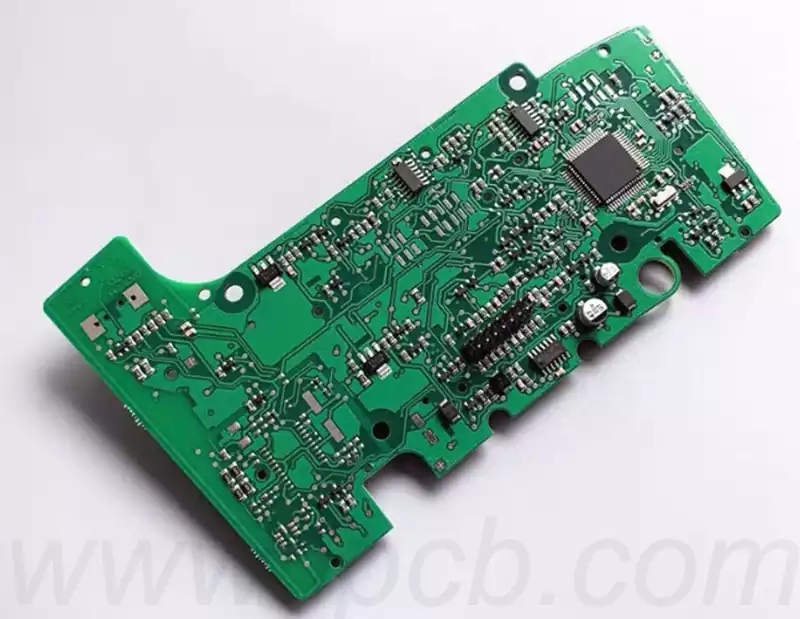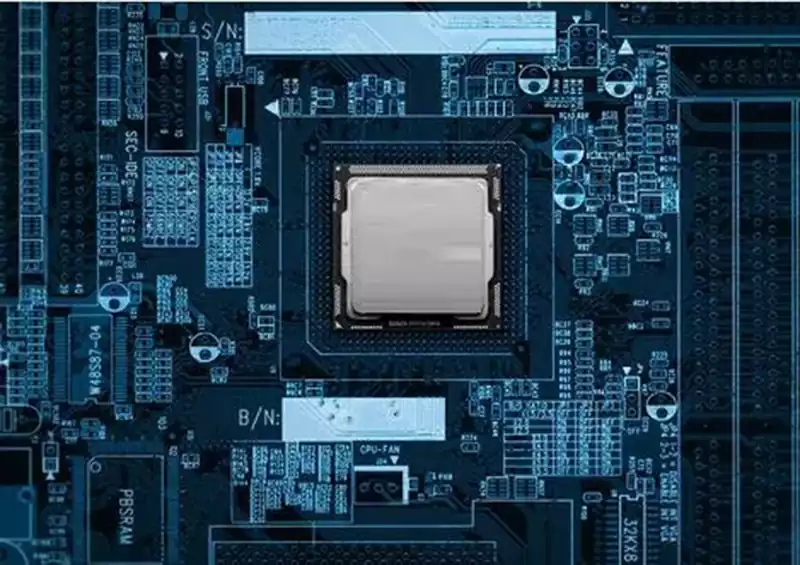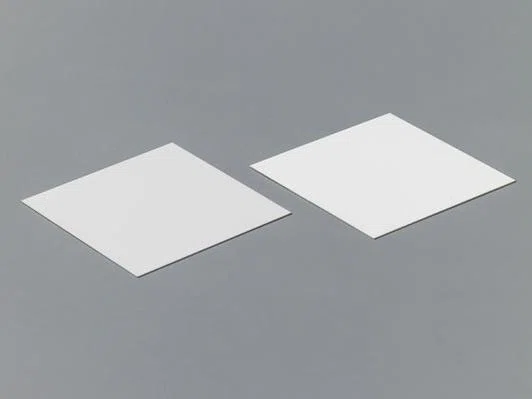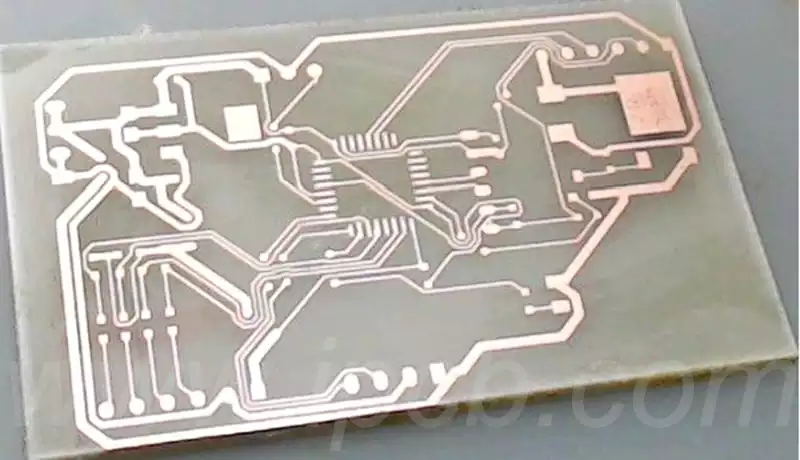A pcb button is a pushbutton or switch mounted on a circuit board that receives input signals from the user and converts them into electronic signals to control the operation of a device. Circuit board pushbuttons generally consist of a carbon membrane, a keypad, a flexible contact plate, a substrate, and contacts.
The carbon film is located below the keypad and consists of several layers of film, which conducts or cuts off the circuit when the key is pressed. The keypad is located on top of the carbon film, which is the key part of the keypad to provide the operation feel, it is made of metal, when the keypad is pressed, it will make the carbon film undergo the elastic deformation, and then make the contact to achieve the connection or disconnection of the circuit. The elastic contact piece plays the role of connecting the key and the substrate, when the key is subjected to downward pressure, it is able to transfer the force and feedback the feeling of the key to the key piece, and at the same time reach the connection between the carbon film of the key and the substrate. The substrate is the support structure of the keypad, and by drilling holes in the substrate, the keypad can be firmly fixed. Contacts are located on the substrate and are the connection point between the keypad and the external circuitry, with the help of which the keypad is able to realise the conduction between the keypad and the external circuitry.
The principle of pcb button to achieve circuit conduction or isolation is based on the elastic deformation characteristics of the carbon film and the keypad. When the key is not pressed, the keypad and the contacts on the carbon film are separated from each other and the circuit is disconnected. Once the button is pressed, the force exerted by the finger will cause the keypad to undergo elastic deformation, and at the same time, the conductive material on the carbon film of the button will also undergo elastic deformation, which will shorten the distance between the carbon film and the contacts, and ultimately realise the circuit’s conduction.
Function of PCB button
PCB button consist of a thin, flexible layer of conductive material printed on a polyester or polycarbonate substrate. These buttons are designed with a specific pattern of conductive traces that form a matrix that defines the position of the button. When the user presses the button, the top and bottom layers of the film make contact, creating an electrical connection and recording the keystroke.
Haptic response is an important aspect of pcb button, ensuring that the user receives feedback when the button is pressed. Manufacturers implement this tactile feedback in a variety of ways, such as using metal domes, embossing on the film, or incorporating a mylar dome that produces a distinct click or haptic sensation.The design of PCB buttons determines the actuation force, travelling distance, and tactile sensation, which are tailored to meet the specific requirements of the application.

PCB buttons can be categorised in detail according to their structure and function, and include the following main categories:
Ordinary pushbutton type: this is the most basic type of pushbutton switch and is usually used for simple on/off operations.
Mushroom head type: the top of the button is in the shape of a mushroom, which has a better operating feel.
Self-resetting type: it resets automatically after being pressed and is suitable for occasions requiring frequent operation.
Self-locking type: Manual reset is required after pressing, applicable to the occasions that need to maintain the state.
Rotary handle type: operated by rotating, suitable for occasions requiring fine control.
Indicator light type: The button is equipped with an internal indicator light to indicate the working status.
Symbol with lamp type: Pushbuttons with symbols and indicator lamps provide intuitive operating instructions.
Keyed: Requires a key to operate and is suitable for applications requiring safety control.
Protective type: with protective housing to prevent damage to internal parts and electric shock to personnel.
Anti-corrosion type: Suitable for chemical environments to prevent the intrusion of corrosive gases.
Waterproof: with sealed housing to prevent moisture intrusion.
Emergency: Red mushroom head design for emergency stop operation.
Open type: directly embedded in the operating panel.
Interlocking: Multiple contacts are interlocked to ensure safe operation.
Rotary: Contacts are operated by rotation.
PCB button is widely used in electroncs, communications, control, aerospace and other fields, such as: computers, mobile phones, TV remote control, industrial control equipment.
As an indispensable key component in electronic equipment, pcb button plays a vital role in electronics, communication, control, aerospace and many other fields. With the continuous progress and innovation of science and technology, the circuit board keypad will continue to optimise and upgrade in terms of material, design, manufacturing process, etc., to bring better performance, more convenient operation experience and higher reliability for electronic equipment.



